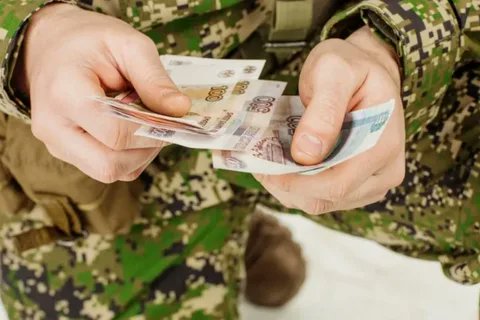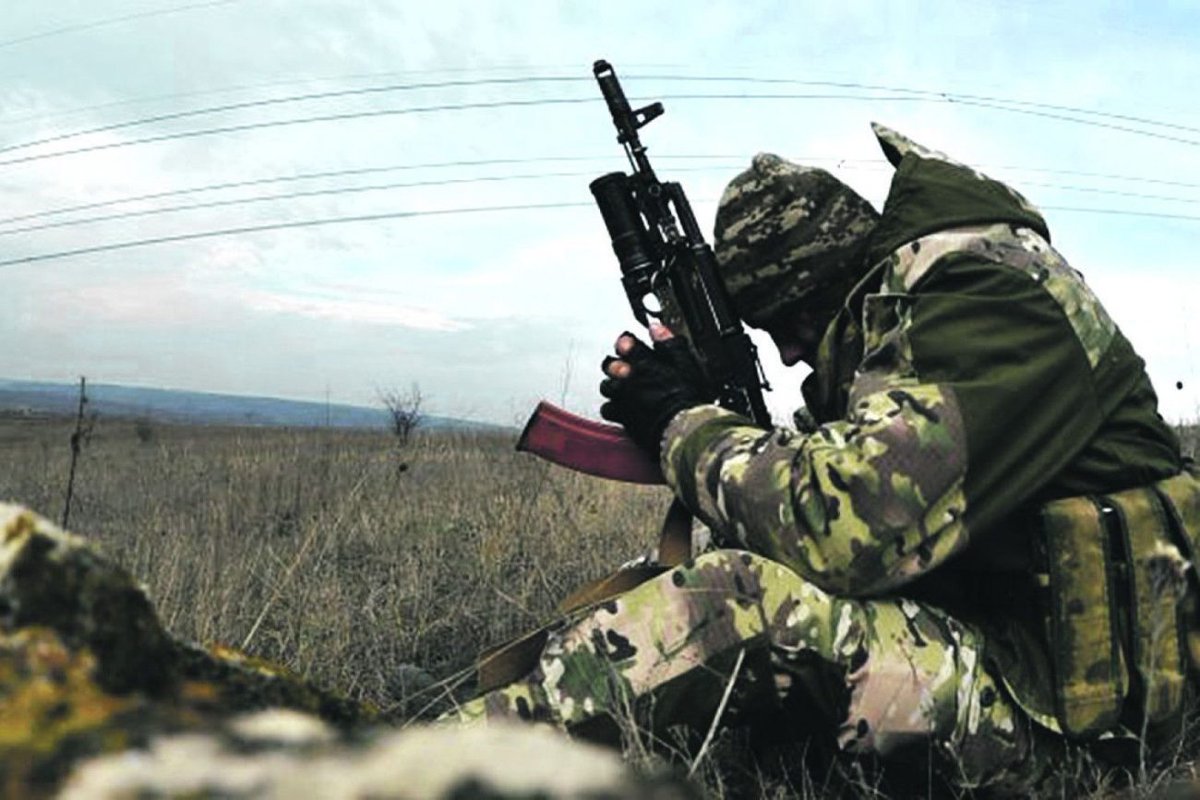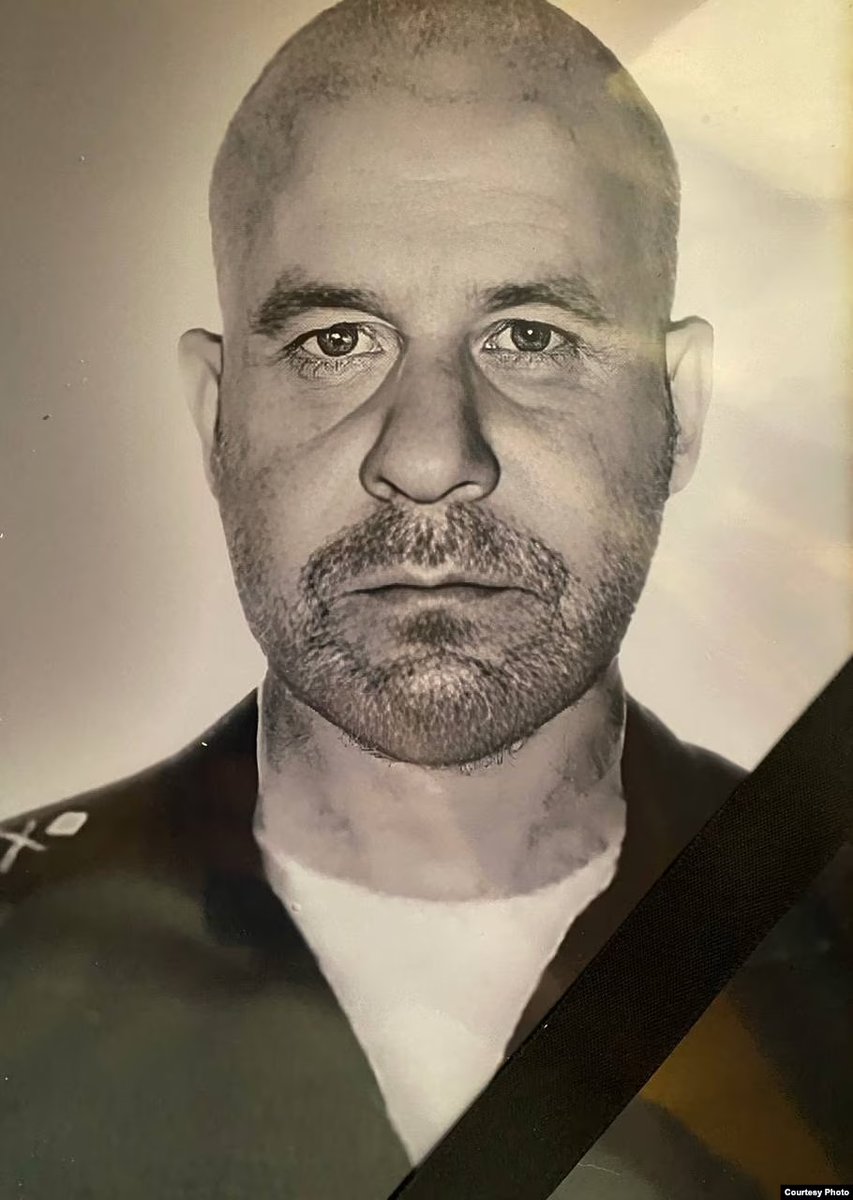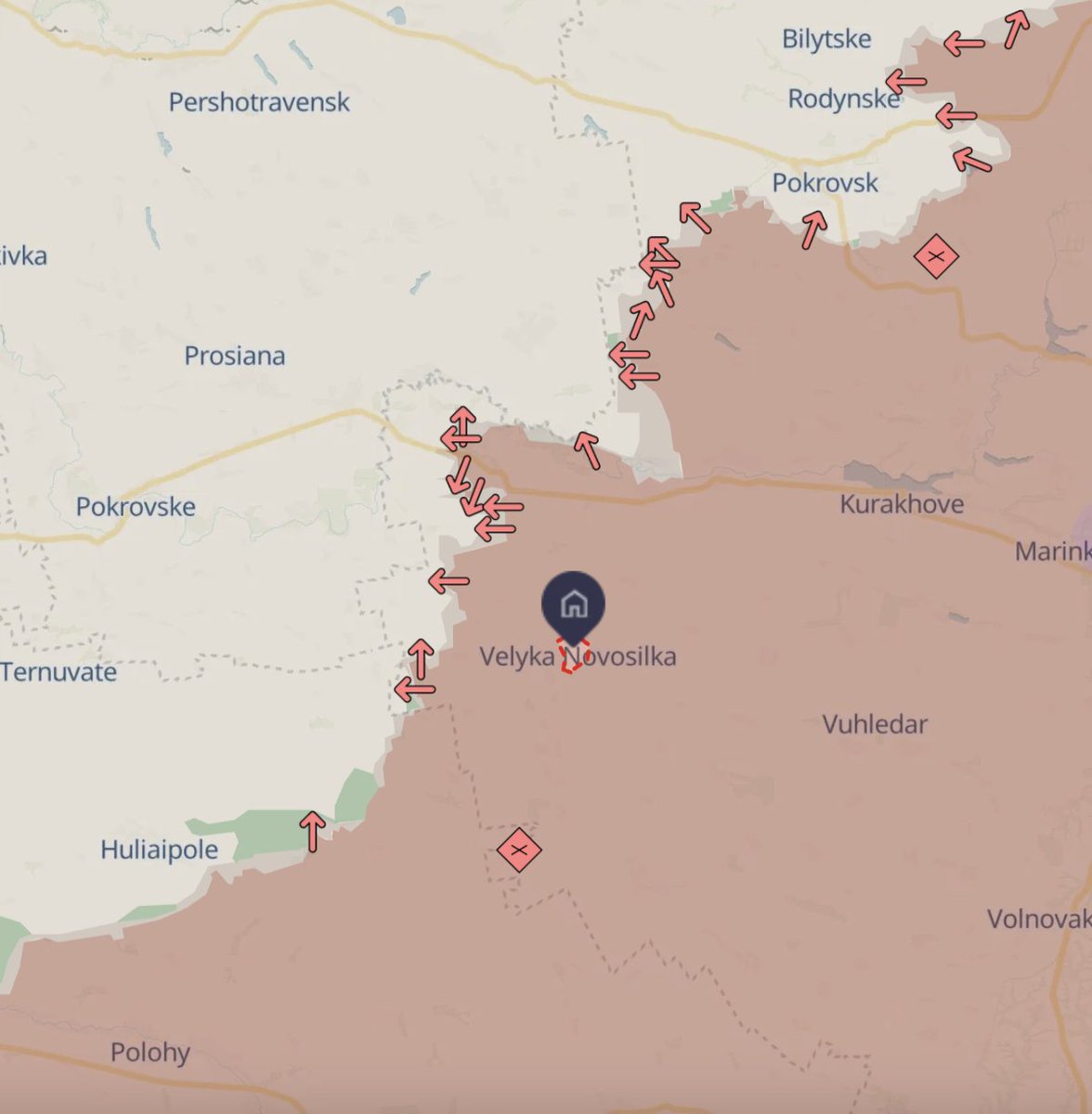1/ CONQUERING CRIMEA: PART 2
In this short series of threads, I'll look at the military history of Crimea to find lessons about the challenges that Ukraine will face if it wants to recover the peninsula by force. The first part is here:
In this short series of threads, I'll look at the military history of Crimea to find lessons about the challenges that Ukraine will face if it wants to recover the peninsula by force. The first part is here:
https://twitter.com/ChrisO_wiki/status/1640428287200509961
2/ What is Crimea's value? Until the mid-20th century, agriculture was marginal due to lack of water. Crimea lacks on-shore natural resources. Tourism only really took off after the Second World War, while industry still only accounts for a small percentage of Crimea's economy.
3/ Crimea's main value has always been its geographical position. This allows it to be used as a location for projecting power into the Black Sea and the nearby lands. Control over Crimea enables control of the northern Black Sea from ports on the southern Crimean coast. 

4/ The peninsula also acts as a natural chokepoint for the Dnipro estuary and the sea lanes from Odesa and the Sea of Azov – all of which are of great economic importance. From Crimea, one can threaten southern Ukraine and Russia from behind a highly defensible position.
5/ For centuries, the Muslim Tatar rulers of the Crimean Khanate used their base in Crimea to mount raids deep into what is now Russia, Ukraine, Poland and Moldova. They reached as far as Moscow, burning the city in 1571 and killing as many as 80,000 people in the attack.
6/ Slavery was Crimea's economic lifeblood, as it had no other natural resources. The Tatars regularly raided the Slavic lands for slaves. They seized an estimated 2 million people over 300 years and sold them to the Ottoman Empire, with which the Khanate was allied. 

7/ This brought them into conflict with the Russians and the semi-nomadic Cossacks – a coalition of Orthodox Christian Slavic groups including Ukrainians and fugitive serfs from Poland and Russia. The Cossacks and Tatars frequently fought and raided each other's territories. 

8/ In 1675, the Cossack military leader Ivan Sirko launched a raid into Crimea with 10,000 men. He bypassed the strongly fortified Perekop Isthmus in Crimea's northwest corner and probably forded the Syvash, the vast area of salt lagoons and marshes north of Crimea. 

9/ Sirko's army marched as far as the Tatar capital, Bakhchysarai, burning and looting as they went. They 'liberated' around 7,000 Slavs who had been enslaved by the Tatars. But around 3,000 didn't want to leave – they had converted to Islam and in some cases had married Tatars. 

10/ Sirko massacred them as traitors. "It is better for you to sleep until the Day of Judgement than to settle in the Crimea and beget children and be damned to all eternity", he is said to have declared. He returned to Zaporizhia with the other 4,000 and a huge haul of loot. 

11/ In 1687 and 1689, Russia's Prince Vasily Golitsyn raised huge armies – around 100,000 men each time – to invade Crimea. However, it was a disaster on both occasions. The Tatars burned the steppe to deny grass to the horses and there was no water to drink. 

12/ The Russians reached the fortifications at Perekop and found that they couldn't get their artillery over the ditch the Tatars had dug across the isthmus. They gave up and went home without a battle, but still managed to lose about 70,000 men, mostly from disease.
13/ Russia invaded again in May 1736 as part of the ongoing Russian-Turkish War of 1735-39. The German-born Field Marshal Burkhard Christoph von Münnich led a Russian army of 30,000 to Perekop, where he launched a frontal attack on the fortifications. 

14/ On paper, Perekop's defences were formidable – a wall 8.5 m (28 ft) high overlooking a ditch 6.4 m (21 ft) deep, with 5 cannon batteries along its length and a fort at the eastern end. But it had fallen into disrepair and was manned by only 4,000 Tatars and Turks.
15/ Münnich's forces captured it easily on 21 May 1736, losing only 31 men while the Tatar/Turkish force lost around 3,500 as casualties and prisoners. Münnich advanced to Bakhchysarai and burned it, but was forced to retreat to Russia after an outbreak of disease in his army. 

16/ In May 1737, Crimea was re-invaded by Count Peter Lacy, an Irish-born Russian general, to divert Tatar forces from Münnich's siege of the Tatar-held mainland port of Okhachiv. In a bold and risky move, he marched an army of 40,000 men down the narrow and exposed Arabat Spit. 

17/ There was no bridge at that time between the spit and the (Russian-held) Ukrainian mainland, so he improvised a pontoon bridge from empty water barrels and wooden chevaux-de-frise (obstacles) for his army to cross the short Henichesk Strait.
18/ From there, they marched down the spit for about 55 km (35 mi) until they reached a point where the Crimean mainland is only about 2 km (1.3 mi) away across the Syvash. They crossed it on improvised rafts, landing near the mouth of the Salgir River.
19/ Lacy's army defeated the Tatars in battle and marched on to the town of Karasubazar (modern Bilohirsk). They burned it before turning back to Russia, as by this time they were facing a Tatar counter-attack, shortages of food and water, and an outbreak of disease.
20/ Having looted 30,000 cattle and 100,000 sheep from the Tatars, the Russians returned via the Chonhar Peninsula, where once again they built a pontoon bridge to cross the narrow strait. They crossed successfully between 2-4 August 1737 despite Tatar attacks. 

21/ All of the invasions of Crimea had so far been aimed at raiding the peninsula rather than conquering it. In June 1771, however, the Russians returned aiming for conquest, during the 1768-74 Russian-Turkish War. Prince Vasily Dolgorukov brought 38,000 men to Perekop. 

22/ The Tatars and Turks were better prepared this time, with an army of 50,000 Tatars and 7,000 Turks on the fortifications at Perekop. However, they were quickly swept aside by the Russians, who carried out a successful multi-pronged attack on the night of 13-14 June 1771.
23/ It began with an artillery bombardment at the Syvash end of the fortifications. After 90 minutes of shelling, 9 battalions of grenadiers and 2 battalions of jaegers under Major General Musin-Pushkin stormed the ramparts at the other end using scaling ladders. 

24/ At the same time, cavalry commanded by Major General Prozorovsky bypassed the fortifications entirely by wading or swimming through the Syvash. They attacked the Tatars from the rear, forcing most to flee and the rest to take shelter in the fort of Or-Kapi.
25/ The fort's garrison surrendered on 15 June after more Russian shelling. The Turks and Tatars lost more than 1,200 men in the battle, but the Russians had fewer than 200 casualties and only 25 dead. They captured 178 cannons. 

26/ At the same time, Prince Scherbatov carried out an amphibious landing on the southern Arabat Spit, with a Russian naval flotilla screening his men from Turkish naval forces. He quickly captured the old and poorly defended Ottoman fort at Arabat. 

27/ The Russians advanced across Crimea, forcing the Khan to flee to Istanbul, the Ottoman capital. A new pro-Russian Khan was elected and signed a peace deal with the Empress Catherine the Great, recognising Russia as Crimea's new overlord. 

28/ This arrangement didn't last long. Catherine eventually annexed Crimea outright in 1783 and built a new port-fortress at the Crimean village of Akhtiar, naming it Sevastopol. The Russians made little effort otherwise to develop Crimea, leaving it poor and neglected. 

29/ The Crimean War of 1853-56 was a unique episode – the only amphibious invasion of Crimea in its modern history – which doesn't hold many relevant lessons for today's situation. The UK, France and Ottomans had naval supremacy but didn't seek to capture the whole of Crimea. 
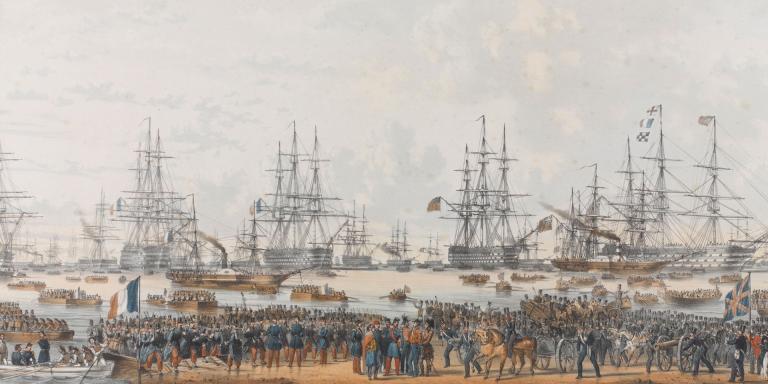
30/ Their main target was Sevastopol, which they besieged for nearly a year in 1854-55. They also captured Kerch to prevent Russia reinforcing Crimea by sea. Russia was hindered by its army's gross corruption, incompetence and inefficiency, which Tolstoy savagely condemned.
31/ Russia's land supply routes through Crimea were hobbled by appalling roads which reduced wagons to a speed of only 500 m (550 yards) an hour. Animals that had died of exhaustion lay by the side of the roads, which were often only as wide as a single cart.
32/ Ultimately, Russia lost Sevastopol and sued for peace, ending the Crimean War.
That brings us to the 20th century, which I'll cover in the next threads in this series. /end
That brings us to the 20th century, which I'll cover in the next threads in this series. /end
Part 3 is here!
https://twitter.com/ChrisO_wiki/status/1641895074001834002
• • •
Missing some Tweet in this thread? You can try to
force a refresh


